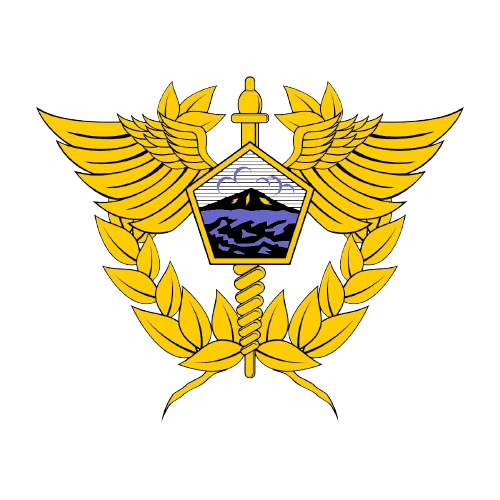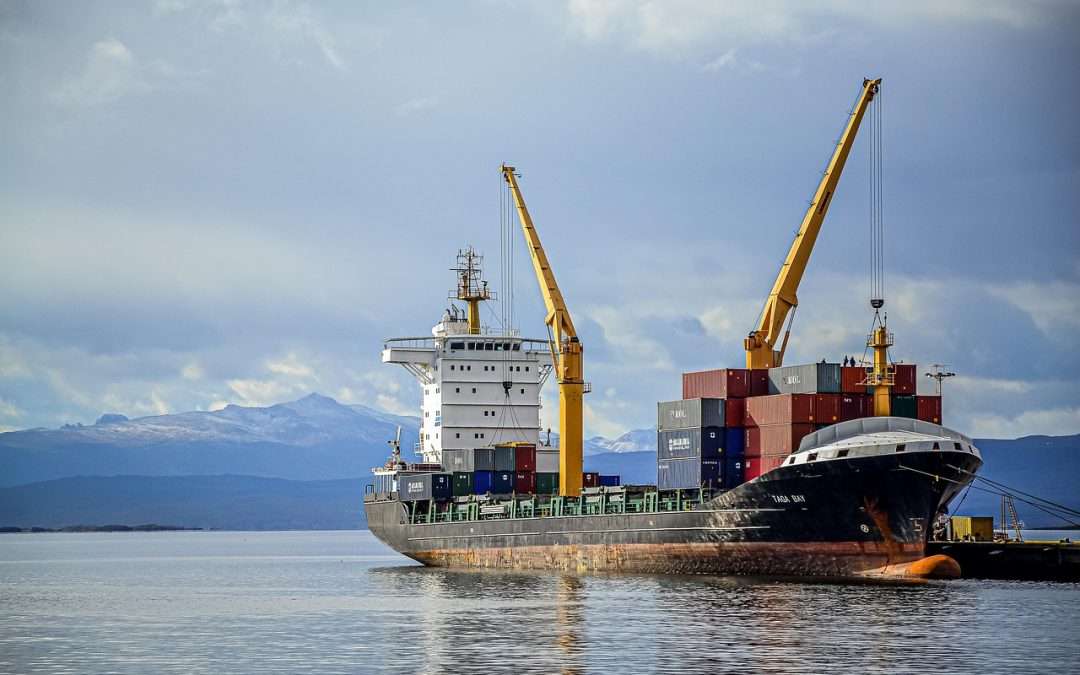Zainuddin Abdul Madjid, a prominent figure in the realm of customs and trade regulations in Indonesia, has devised a comprehensive strategy aimed at enhancing the management of customs processes, particularly focusing on inspecting goods. His strategic blueprint incorporates several essential components that are pivotal to streamlining customs operations while ensuring compliance with global standards and local regulations.
### Understanding Customs Regulations
In Indonesia, customs regulations are governed by the Directorate General of Customs and Excise. These regulations are critical in safeguarding the economy and ensuring that imports and exports conform to the nation’s trade policies. Zainuddin has emphasized the importance of understanding these regulations in depth, enabling customs officers to efficiently navigate the complexities of international trade.
A key component of his strategy involves continuous training and professional development for customs personnel. By investing in knowledge enhancement, officers can stay abreast of evolving regulations and international standards. This knowledge not only boosts the efficiency of inspections but also minimizes instances of errors or non-compliance during the customs clearance processes.
### The Role of Technology in Customs Inspections
Zainuddin strongly advocates for the integration of technology into customs operations. Implementing advanced technological solutions such as automated systems, machine learning, and artificial intelligence can significantly streamline the inspection process. His strategy includes the adoption of electronic customs systems that simplify documentation, reduce manual errors, and increase transparency.
For example, the use of a centralized database allows customs officials to access real-time information about shipments, facilitating rapid decision-making. Data analytics can also help identify patterns or discrepancies in trade, assisting customs officers in targeting high-risk shipments that may require more thorough inspections.
### Risk Management Strategies
A pivotal element of Zainuddin’s approach is the establishment of a robust risk management framework. By focusing on risk assessment, customs officials can allocate resources more effectively, concentrating their efforts on shipments that present the highest risk of smuggling or fraud. This targeted approach not only enhances the effectiveness of inspections but also reduces congestion and delays at ports.
Zainuddin advocates for the development of risk profiles based on various factors, including historical data, the nature of the goods, the country of origin, and the reputation of the importing/exporting company. This proactive risk management system allows customs authorities to determine which shipments require in-depth inspections and which can be expedited through simplified processes.
### Stakeholder Collaboration
Zainuddin recognizes the importance of collaboration between various stakeholders in the customs ecosystem, including businesses, government agencies, and international organizations. Building strong partnerships fosters a cooperative environment, encouraging compliance and facilitating smoother customs procedures.
To this end, he proposes regular dialogues with stakeholders through workshops and seminars. These collaborations help create a mutual understanding of customs processes, enhancing transparency and trust between customs authorities and trade participants. Furthermore, engaging stakeholders can lead to feedback that informs continuous improvement in customs policies and practices.
### Transparency and Accountability
Transparency in customs operations is a central tenet of Zainuddin’s strategy. Ensuring that stakeholders understand the customs process can significantly reduce misunderstandings and disputes. Clear communication about regulations, procedures, and any changes in policies is crucial for fostering compliance.
Zainuddin recommends the implementation of comprehensive tracking systems for shipments. By allowing businesses to monitor their goods throughout the customs clearance process, the potential for corruption and delays is minimized. Additionally, he advocates for a system of checks and balances within the customs authority to ensure accountability among customs officials and deter unethical practices.
### Training and Capacity Building
One of the fundamental aspects of Zainuddin’s strategy is the emphasis on training programs designed to enhance the capabilities of customs officers. He believes that an adequately trained workforce is essential for the successful implementation of any strategic initiative.
Training should encompass not only technical skills related to inspection techniques but also awareness of international standards and ethical practices. Workshops focused on case studies and simulations can help officers better prepare for real-world challenges in the customs environment.
### Emphasis on Sustainability
Another innovative aspect of Zainuddin’s strategy is the incorporation of sustainability into customs operations. As global awareness of environmental issues increases, customs authorities must adapt to include sustainable practices in their operations.
Zainuddin proposes initiatives such as reduced tariffs for environmentally friendly products and enhanced inspections for goods that may pose environmental risks. Promoting green customs practices not only supports national goals for sustainability but also aligns Indonesia with global efforts to combat climate change.
### Feedback Mechanisms
To ensure the continuous improvement of customs processes, Zainuddin stresses the importance of establishing feedback mechanisms. Importers and exporters should have channels through which they can provide feedback regarding their customs experiences.
Such mechanisms can lead to valuable insights that help refine customs procedures and address any inefficiencies. Regularly reviewing feedback can help customs authorities adapt and evolve in response to the changing needs of the trade environment.
### Innovation and Future-proofing Customs Procedures
Zainuddin Abdul Madjid emphasizes the need for innovation in customs processes. This involves not only the adoption of new technologies but also the cultivation of an innovative mindset within customs personnel. Encouraging creative problem-solving can lead to the identification of more efficient inspection techniques and improved overall trade facilitation.
In addition, future-proofing customs procedures involves anticipating upcoming trends and challenges in international trade. This proactive approach requires customs authorities to remain agile and responsive, adjusting policies and practices in line with global economic shifts and technological advancements.
### Cross-border Cooperation
Zainuddin also champions cross-border cooperation as a means to enhance customs efficiency. By engaging with neighboring countries and regional partners, customs authorities can align their policies and practices, facilitating smoother trade flows across borders.
This cooperation can take many forms, from joint training exercises to shared digital platforms for tracking shipments. Such collaborative efforts help reduce administrative burdens and promote a more cohesive trading environment within the region.
### The Path Forward
Through the comprehensive strategies developed by Zainuddin Abdul Madjid, the management of customs inspections stands to improve significantly. By focusing on technology integration, risk management, stakeholder collaboration, and sustainable practices, Indonesia’s customs authorities can navigate the complexities of modern trade more effectively.
His vision aligns with the broader goals of ensuring national economic stability, enhancing trade facilitation, and fostering international cooperation. As customs processes evolve, the insights and strategies provided by Zainuddin will undoubtedly play a crucial role in shaping the future of customs operations in Indonesia.

